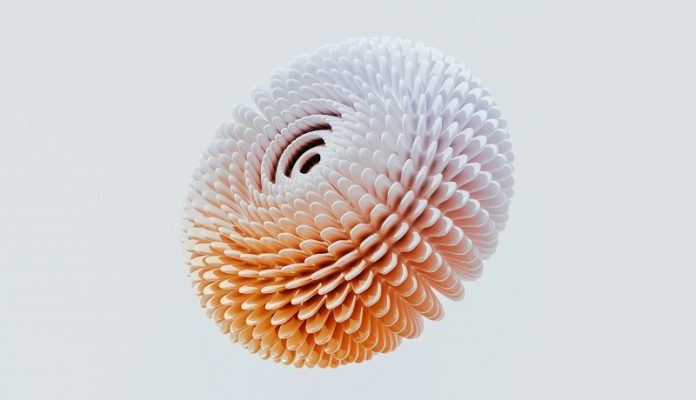
Every year, the world produces around 350 million tons of plastic, but less than 10% of it is effectively recycled.
The rest often ends up in landfills or polluting the environment.
One of the big challenges is that recycled plastics are weak and unpredictable compared to new, or “virgin,” plastics.
But researchers at Georgia Tech have found inspiration in an unlikely place—seashells—and used it to create a more reliable way to recycle plastic.
The project was led by Christos Athanasiou, an assistant professor in aerospace engineering, whose team wanted to tackle the problem of inconsistency in recycled plastics.
“Recycled plastics aren’t pristine materials—they’re a chaotic mix of past lives,” he explained. Each bottle, bag, or wrapper carries a different history of stress, additives, and degradation.
When melted together, the result is a weaker material that can’t be trusted for products requiring strength or safety. That’s why recycled plastic is rarely used in construction materials, car parts, or other demanding applications.
The Georgia Tech team turned to seashells for answers. Natural shells, like nacre (often called mother-of-pearl), are made of brittle minerals bound together by soft proteins. While neither material is particularly strong on its own, their layered structure makes shells remarkably tough and durable. Instead of seeking purity, nature embraces variability but manages it through clever design.
Inspired by this principle, the researchers created layered composites from recycled high-density polyethylene (HDPE), the plastic commonly used in industrial stretch wrap. They reassembled chopped-up sheets of HDPE into stiff “bricks,” connected by a softer adhesive “mortar.” This design allowed the structure to absorb stress and prevent cracks from spreading—much like the way seashells resist breaking apart.
To test their invention, the team built a custom machine that pulled the composites apart while recording every stage of stress and failure. They also developed a new mechanical model that didn’t just measure strength but also assessed how reliably the material performed.
The results were impressive. Variability in performance, which usually plagues recycled plastics, was reduced by more than 68%.
In other words, the material wasn’t just strong—it was consistently strong. Athanasiou described it as “building a structure you can trust, using materials you normally can’t.”
The potential benefits are enormous. By making recycled plastics more reliable, manufacturers could cut the cost of producing virgin packaging materials by nearly 50%, saving hundreds of millions of dollars while keeping far more plastic out of landfills.
The research also connects to aerospace engineering. Future spacecraft, rockets, and even habitats on Mars will need resilient materials that can be built or recycled on-site. The team’s approach to making reliable structures from unreliable materials could play a key role in that future.
Looking ahead, the researchers plan to expand their method to other types of plastics and pair them with greener, bio-based adhesives to make the process even more sustainable.
They are also exploring how this technology could support off-Earth construction, where reusing every bit of material could be critical for survival.



